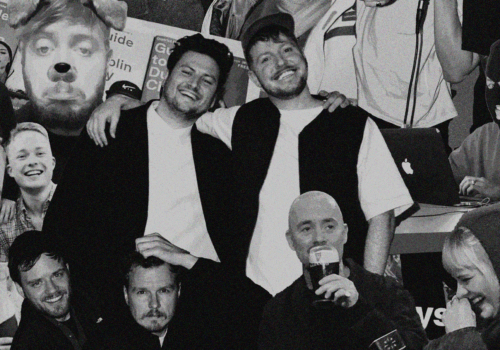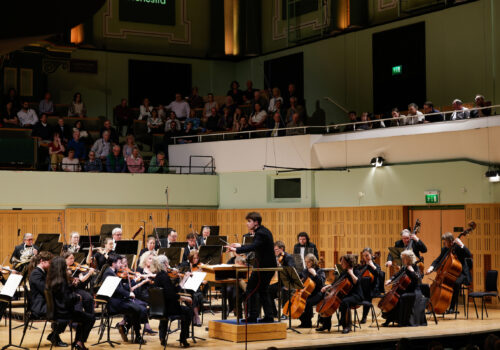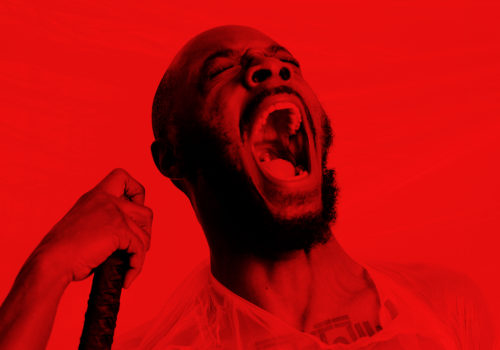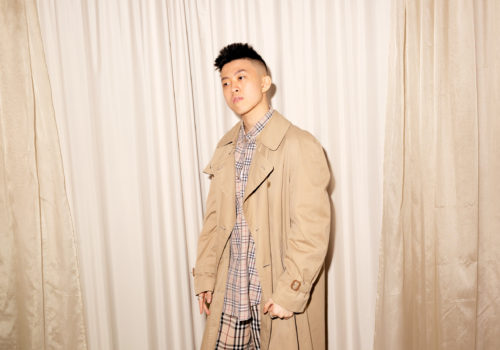This Photography Book Is Making Us Feel 16 Again
A decade ago, photographer and documentary artist Daragh Soden embarked on an exploration of Dublin’s youth, attempting to capture the seemingly uncapturable: adolescents navigating an evolving socio-economic landscape. Young Dubliners quickly gained acclaim for its raw and honest portrayal of youth. Now, Soden marks this journey with a meticulously crafted self-published book, limited to 600 copies, celebrating the iconic previously unseen images from the series.
This new book arrives ten years after Soden began Young Dubliners, and seven years since its debut exhibition at The Library Project in Dublin. Soden’s commitment to quality is evident in the book’s design, materials, and printing. The launch event at The Library Project dipelled the notion that Young Dubliners is merely a collection of a few iconic images, presenting the full depth of his work. “People are always like: ‘Oh wow, there’s lots more pictures in here,’” Soden notes, reflecting on the audience’s usual surprise at the extensive collection.
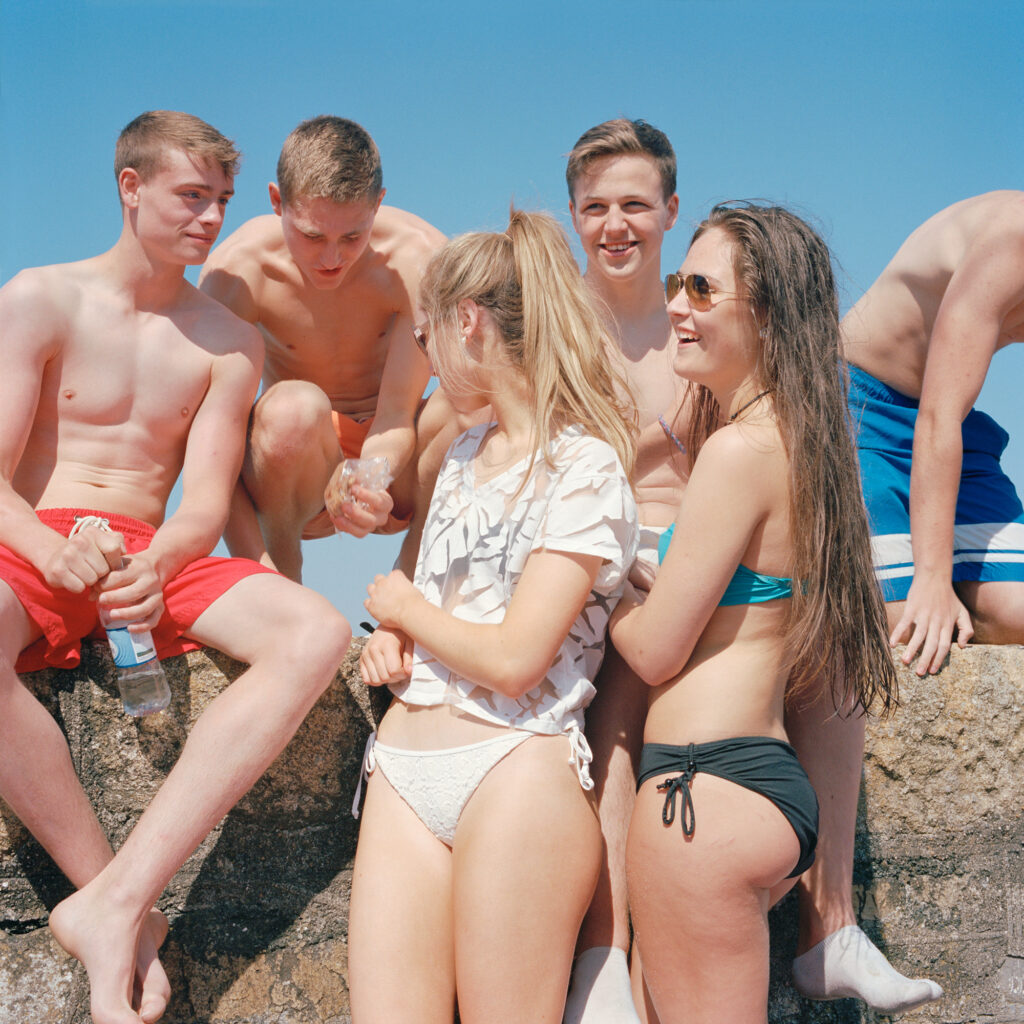
Reflecting on his formative project, Soden reveals how revisiting his childhood haunts and exploring new areas of Dublin shaped the authentic and diverse portrayal of the city’s youth. Shot on film during summer breaks from college, these images encapsulate the paradoxical nature of youth—brimming with confidence yet tinged with uncertainty. As Soden describes, “You live through a paradox where you have unwavering confidence in everything that you do, while simultaneously being scared shitless.” This duality is the heart of Young Dubliners, capturing a universal experience grounded in the unique context of Dublin. We sat down with Daragh Soden to talk about it.
What’s the edition size?
I self published it, the edition size is 600 and I have no plans, no matter how well it sells or if it sells out, of ever doing another one. That’s how I approached the book in terms of the design and the choice of materials, the choice of printing. I wanted to do this once and do it right. I’m really happy with how it came out.
“I wanted to do this once and do it right.”
How long has the book been in the works for?
This summer marks 10 years since I took the picture of on the front, which is why it’s happening now. It’s seven years since the pictures were first shown around the corner in The Library Project, where we’re doing the launch on Saturday. We’re gonna have even more pictures throughout the whole Library Project, which will be great because when people think of me as a photographer, they think of that picture. But then they think Young Dubliners is just that picture, and maybe two or three other pictures. So it’s nice to have all of them. People are always like: Oh wow, there’s lots, lots more pictures in here.
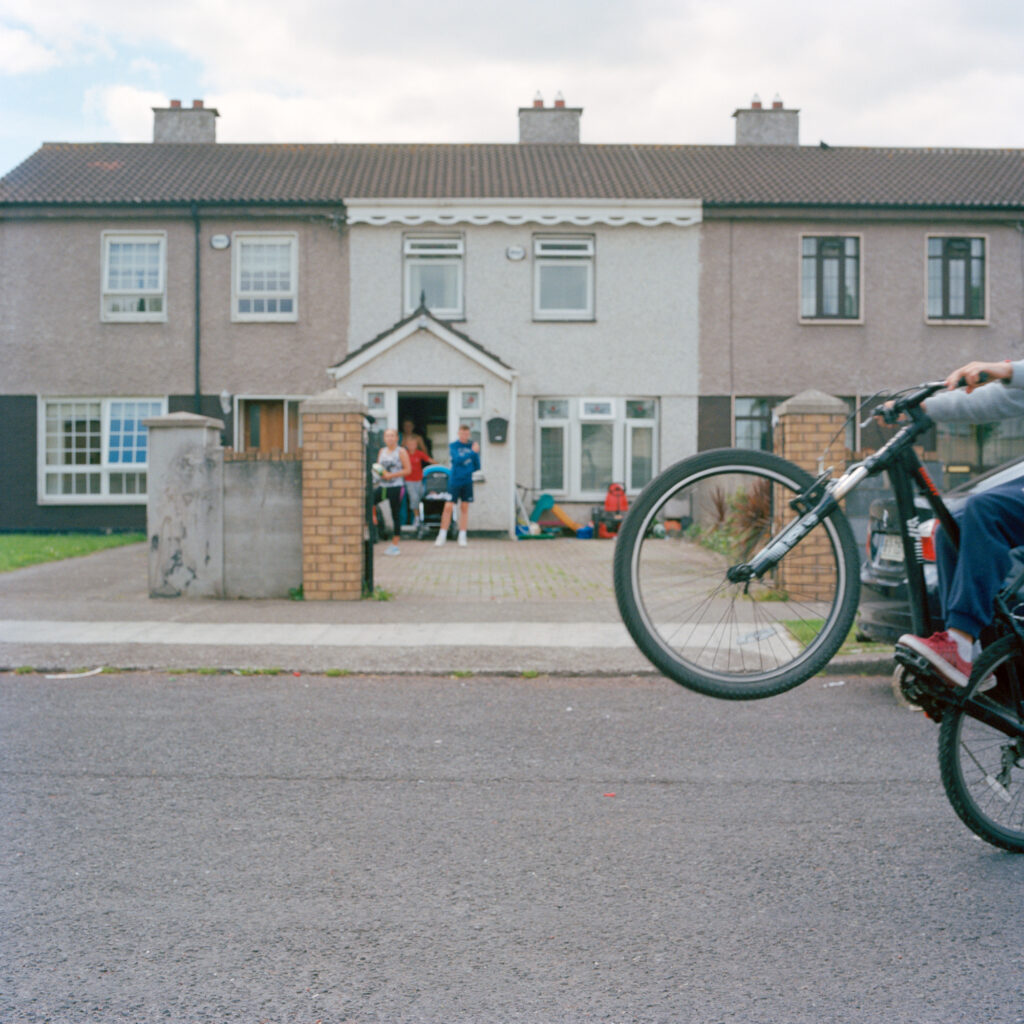
It was kind of almost like editing somebody else’s work because so much time has gone by. I’ve taken so many other pictures in between, and made completely different types of pictures, both commercially and personally in my other works and projects. Now, with the design. I’ve had to be faithful to the original intention of the work, which was to go out and to champion the young people of Dublin. I’ve had to reflect on the whole atmosphere of the book. The pervading theme of the book is this kind of bitter-sweetness of youth.
I was thinking about how good it was to just sit up at Bullock Harbour until the sun went down, and you’re freezing and then it starts raining and then you wander home and get the bus and go to school the next day. But it’s also capturing the bitterness of knowing that all of that is coming to an end. Also the social and economic context of that time 10 years ago, which was also a very bittersweet time.
Now looking back at the work, I remember I had all of these newspaper cutouts for research and stuff like that, I look back at it all now and it’s all the same things that are happening right now. For example, a housing shortage. I mean, how did we not see this coming? It was in the news 10 years ago.
“The pervading theme of the book is this kind of bitter-sweetness of youth.”
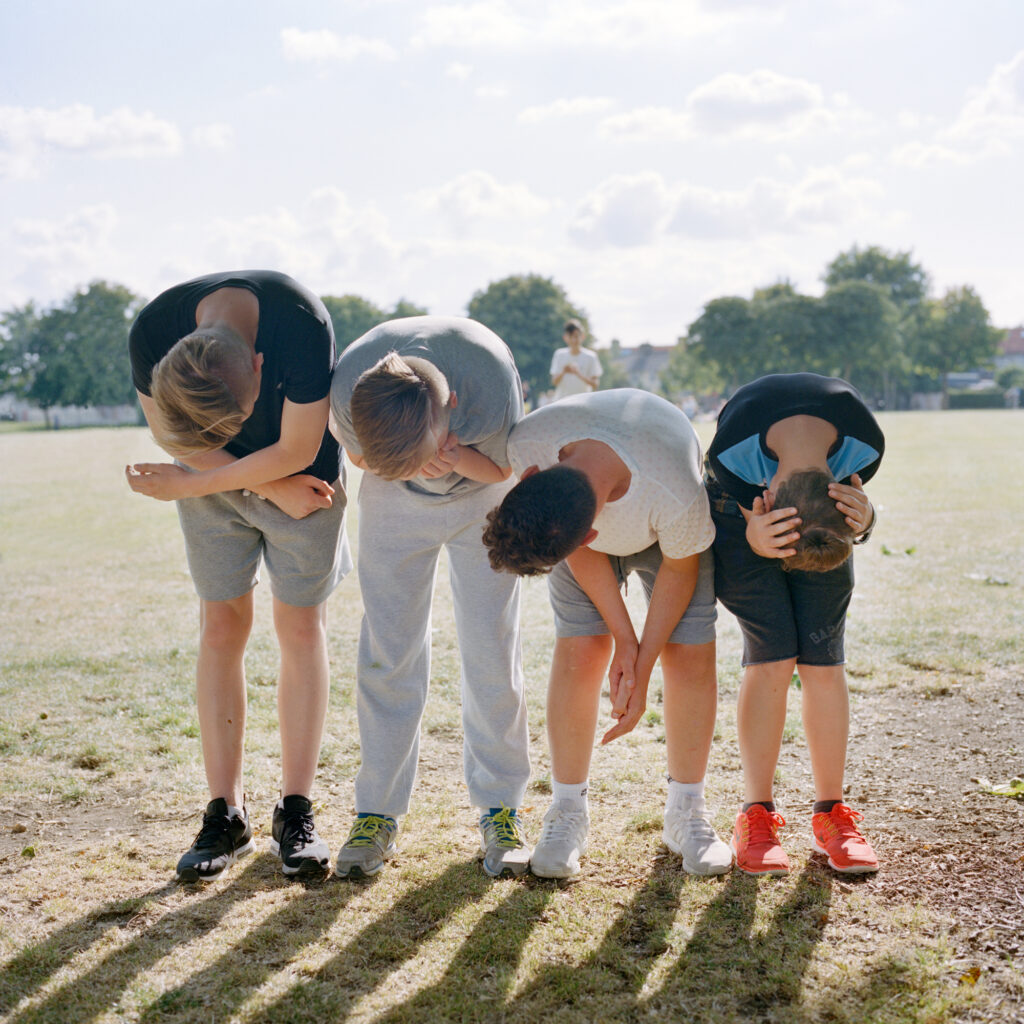
As you mentioned, these images have been around a long time. Your practice must have evolved so much since they were taken. How do you think about your practice now? Do you think you have moved on to a different way of working?
No, this is the basis. This project is the basis of it all. So in terms of my most recent work that I showed, the Ladies and Gentlemen pictures, it’s the same as this. It is the same ethos. It’s going and making pictures of people. I’m in those pictures as well, but actually, a lot of the things that I explore in those pictures come from these pictures. The idea of the the distance between the photographer and the subject.
When I went out at that stage I had approaches that were very much about empowering the subject in ways that I could at that time. It’s not like I’ve moved away from that. The other work is just an evolution of this.
“I had approaches that were very much about empowering the subject in ways that I could at that time. It’s not like I’ve moved away from that.”
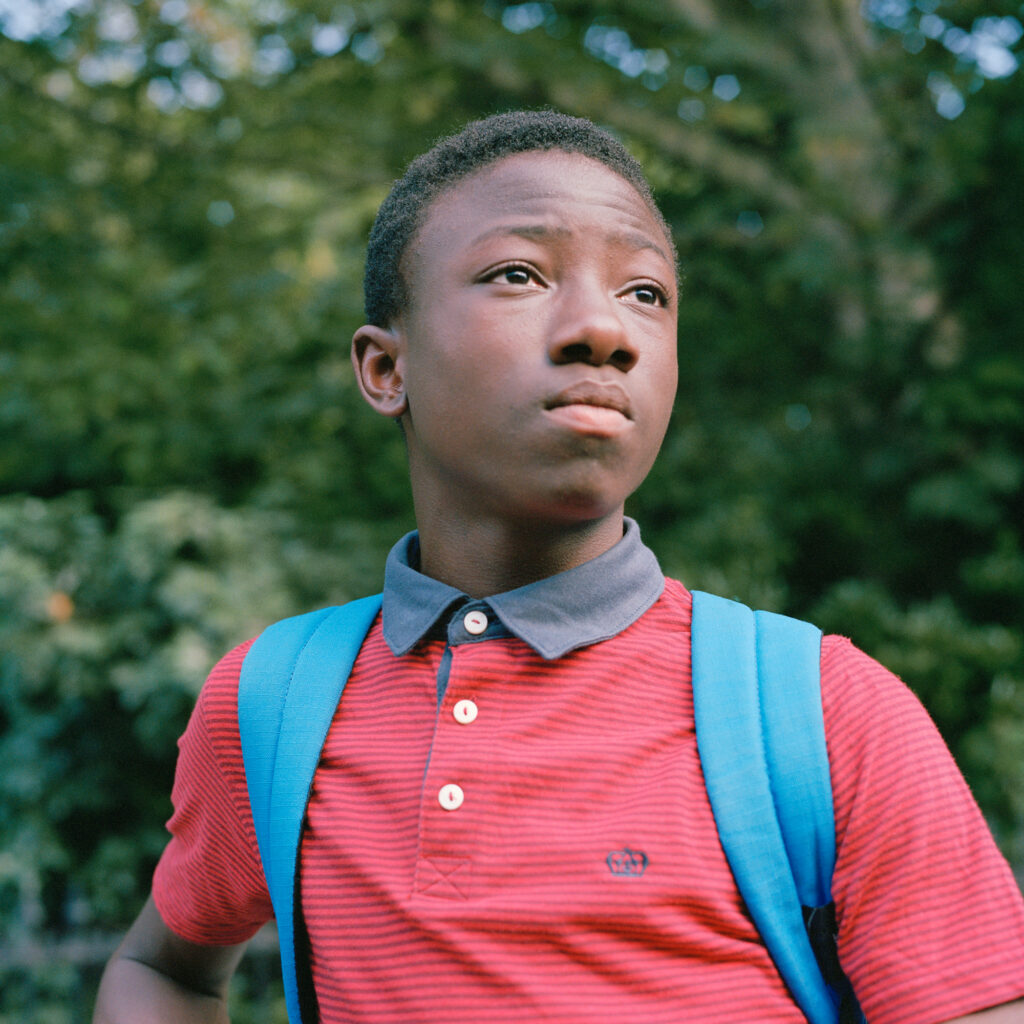
So you started this project 10 years ago. I want you to take me back to that time. What was going through your head when you first started taking those pictures?
I was learning. I was learning both to take pictures but also about about the idea of making artwork, making a project, making the body of work, not just making pictures. I did have some experience at just making pictures before and I thought I was getting quite good at it which is why I started with this project, but I was still learning along the way.
I shot this on the summer breaks between between college terms. I shot it on film. I would go out with a 6×6 camera, a Bronica and I would shoot just two frames per subject. In college we had a C 41 machine so I shot all summer but I wouldn’t see any of the pictures until I developed them that October when I got back to college.
A lot of it was subconscious. I was going to places where I went as a kid. But I wasn’t just interested in going to places where I went so I went to other places around Dublin. The exact type of places that you would go to if you were a teenager. I never went to Dollymount in my youth but that’s exactly where you go. I had a map on my wall and I would highlight everywhere that I walked through. I have the map at home. I didn’t walk through all of Dublin but it was a lot.

Was that decision based around trying to depict a diversity of social backgrounds? Or was it more based around a pure geographic sense of wanting to capture all of Dublin?
It was both. If you decide that you’re making Young Dubliners then, yeah, you need to go. You don’t necessarily need to go down every single street and everything. But you need to go.
You need to cast a wide net?
Yeah. Of course. And I guess that’s also to do with why you do photography. Why you do documentary photography? Because you’re curious to see the places that you might not be seeing otherwise.
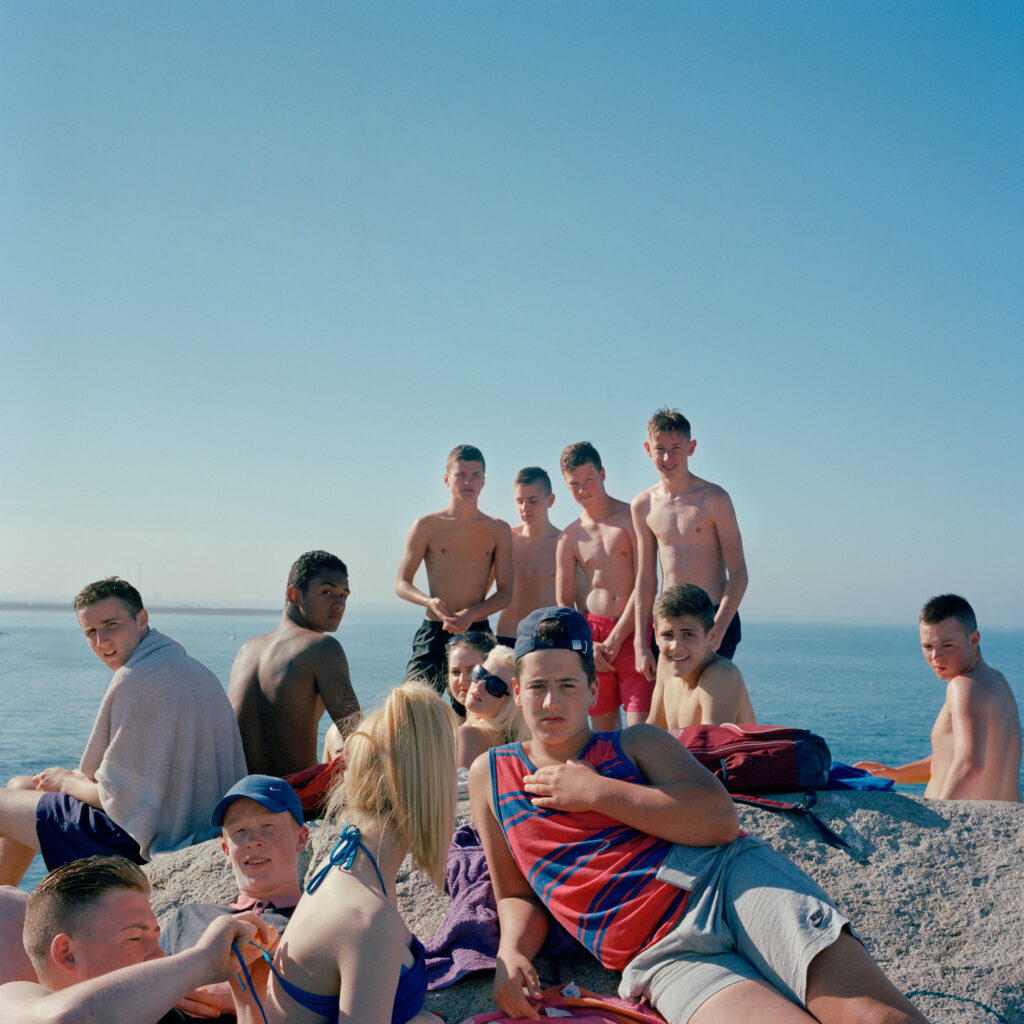
What was your approach to photographing people? What was that like?
So many of the best pictures I didn’t actually get because I was really nervous. I didn’t know how to explain to people what to do. After a while, I realised that before I go out, I should drink a cup of coffee and get a packet of chewing gum. When you get nervous, chew the chewing gum. And then when you go up to people and you’re chewing gum, you kind of feel like you’re confident, a bit cocky. But the biggest thing was knowing what to say.
“So many of the best pictures I didn’t actually get because I was really nervous.”
Did you have a script?
Yeah, but it took me about 10 people to figure it out and I missed so many. I had picked up the courage to go and ask the people, and to try to explain what I was doing. Meanwhile they were just standing there, and in the time that it took to explain what I was doing I could have just taken the picture and gone. And instead I just stood there explaining and while I was still explaining they would just walk away.
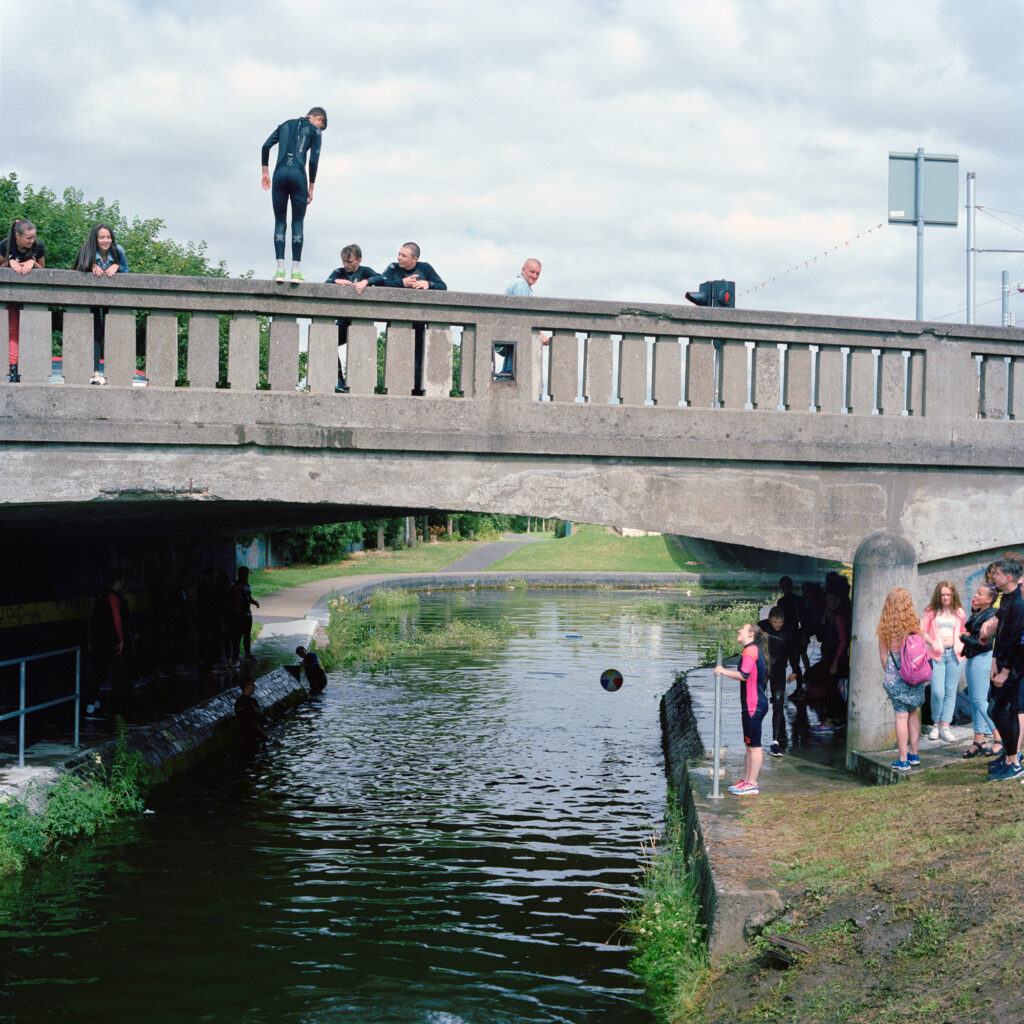
The script that I created for myself was just the truth really. It was almost always just like, “I’m a student. I’m doing a project about Dublin because I’m from Dublin, I grew up here. Do you mind just standing there for two seconds? You don’t have to smile, just relax.
Did you find it difficult photographing people younger than you rather than your peers?
No, not really. I mean, yeah, some of the things that people said when they said no were crazy. But most people were sound. People in Dublin really nice and really chill.
What do you think makes Young Dubliners different to Young Londoners or Young Parisians? What were the visual or the social cues that you were keeping an eye out for?
I guess lots of it was just things that I remember observing or I observed subconsciously. You have an idea when you’re going to certain places. When you go to Temple Bar, you’re thinking skaters and goths. Then going down to Bullock Harbour on a sunny Thursday evening, you’re expecting the lads drinking cans etc. Then you would then go into residential areas and you can find anyone.So yeah, there weren’t really any specific cues but generally, the young people in Dublin that I encountered were all really chilled, really friendly and open to strangers. And mostly really, like, calm, confident people. That’s always the thing that always surprised me. It still does.

When people from other countries look at the work were there any things that they would pick out as being interesting or noteworthy or different to the young people where they live?
Lots of people said, ”Wow, this could be from like 40 years ago, or 30 years ago, it’s really difficult to say, but actually, I can see their runners. I know exactly when it’s from.”
What about your experience as a Young Dubliner? Were there any core experiences that you wanted to evoke in the work?
For me, youth was very bittersweet. You live through a paradox where you’re have unwavering confidence in everything that you do, while simultaneously being scared shitless. Having no idea what the hell you’re doing or what’s going on in the world. You look back and it was simultaneously the best of times and it was the worst of times. I guess that’s the idea behind it.
“You look back and it was simultaneously the best of times and it was the worst of times. I guess that’s the idea behind it.”
What’s The Story of “The” Picture
It was my second day shooting, I went to Dollymount. It was a sunny day and I walked around and I shot some pictures. I thought I made some nice pictures but nothing great, nothing worth keeping. I shot two rolls, which means I shot about 10 people. At the time, the biggest challenge was actually just having the balls to ask strangers to take their pictures. So anyway, at the end of the day, I was done. I was knackered. I was kind of like, “what am I doing with my day? What am I doing with my life?” I got on a bus, walked up the stairs, looked down the back of the bus and I was like, “wow, that’s an amazing picture”.
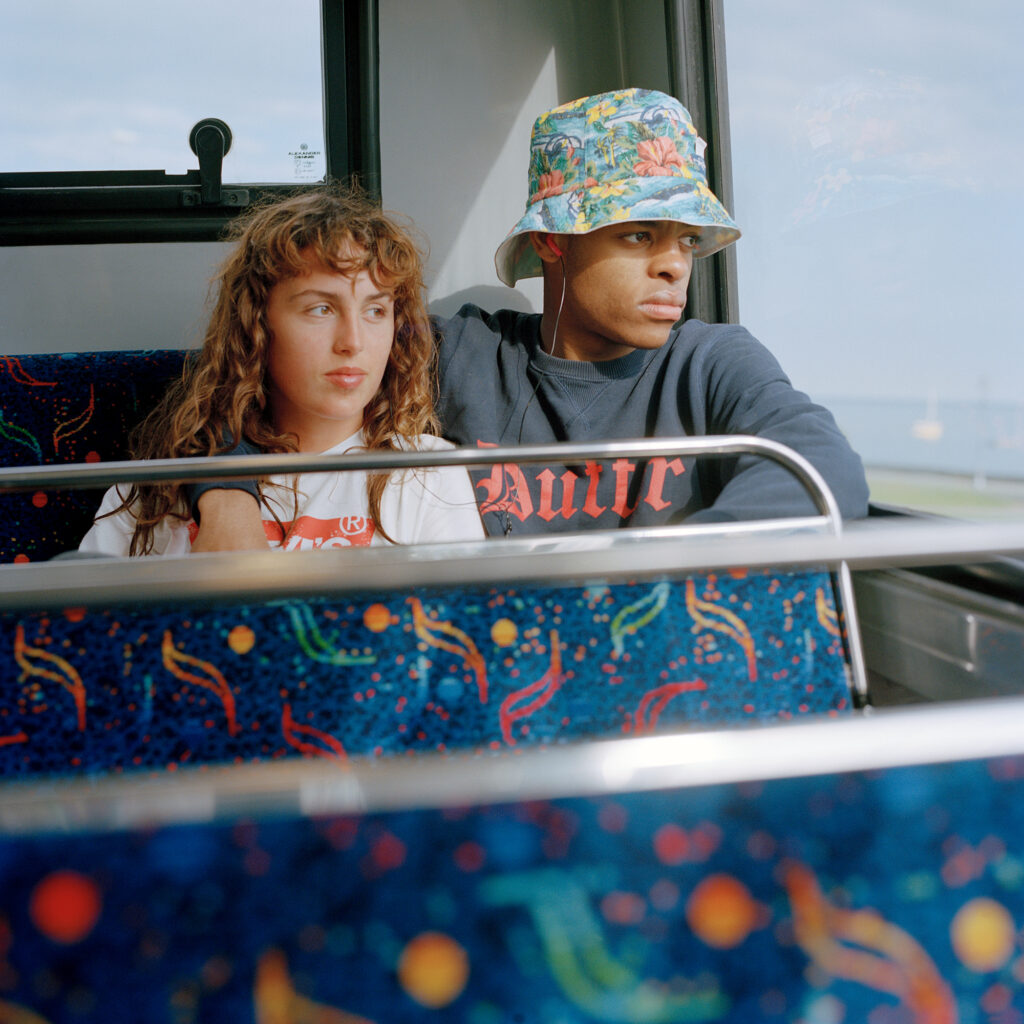
I went about halfway down the bus and I sat there. I took out a roll of film and I put it in the camera and then I sat for another 10 minutes thinking “I should ask them, I should ask them, just turn around and ask them”. “But what if they say no and I have to stay on the same bus?” Eventually, we stopped at the traffic lights and I asked them, they just kind of shrugged their shoulders and said “yeah, whatever”. I took a few steps back in the middle of the aisle, I’m about to press the button, and then the boss starts, wobbles, goes around the corner, and I fall over. I got back up again. By this point they’re bored of me. I take a take two or three pictures. Then I sit down beside them. And I start talking to them. And it was the first picture, the first picture on the roll.
You can get your hands on this rare piece of 2010s history via Sodden’s website.
